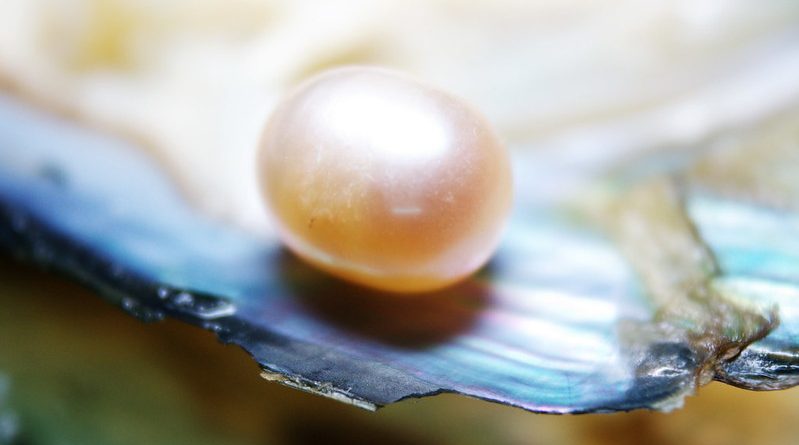Pearling the Persian Gulf
For centuries pearling industry was part of the main economy of the coastal communities of the Persian Gulf and across eastern Arabia.
It became an international merchant network and consolidated the power of the local rulers.
In total, about two to three thousand local ships were involved in the seasonal extraction of pearls from communities across the Gulf. Workers were paid in pearls instead of cash.
In 1907, some 4,500 pearling boats were operating from Gulf ports in an industry employing over 74,000 men.The main centers of pearling extended from Doha to Dubai. The main season was called The Great Dive and thrived in the relative calm of waters at sea .
At the start of the pearling season, which was from June to September, thousands of local ships would gather at a fixed place with necessary provisions to last for up to three months at sea and a day of commencement would be agreed on.Celebrations were held along with the customary observance of religious rites and the tradition of charming sharks so that they would not harm the divers. The ships would then disperse on a clear, windless day when the sea was calm.
Each ship carried divers who then dived to the bottom of the sea to gather pearls. In order to enable the divers to reach the bottom, two heavy stones were tied to the diver’s feet and a chord to his waist. The chord end was held in the hands of those who were to pull him out. When the bag of pearls became full, the diver would signal to be pulled out with those who pulled having to remain alert to avoid the diver dying from a lack of oxygen.
The huge rise in demand by the expanding Indian and European market meant Fleets remained at sea from June to late September and every able bodied male joined the fleet. Pearling provided 80% of Sheikh Zayed bin Khalifa Al Nahyan (Known as Zayed the Great) revenues, allowing him to distribute largesse and gave him great influence.
In the 16th century until the early 18th century The Portuguese Empire took control Orbthe taxation system.
The Portuguese employed a system of issuing navigation permits (called Cartazes) and the payment of taxes (called Magumbayas). Any ship sailing without the possession of a Portuguese license was liable to be captured by the Portuguese Armada. Fear of the Armada’s cannons created a naval subjugation and maritime.
The Japanese cultured pearl, initially regarded as a wonder and shown at expos and other fairs,[started to be produced in commercial quantities in the late 1920s. This was devastating to the Gulf’s industry and it never again attained the heights of previous centuries.




